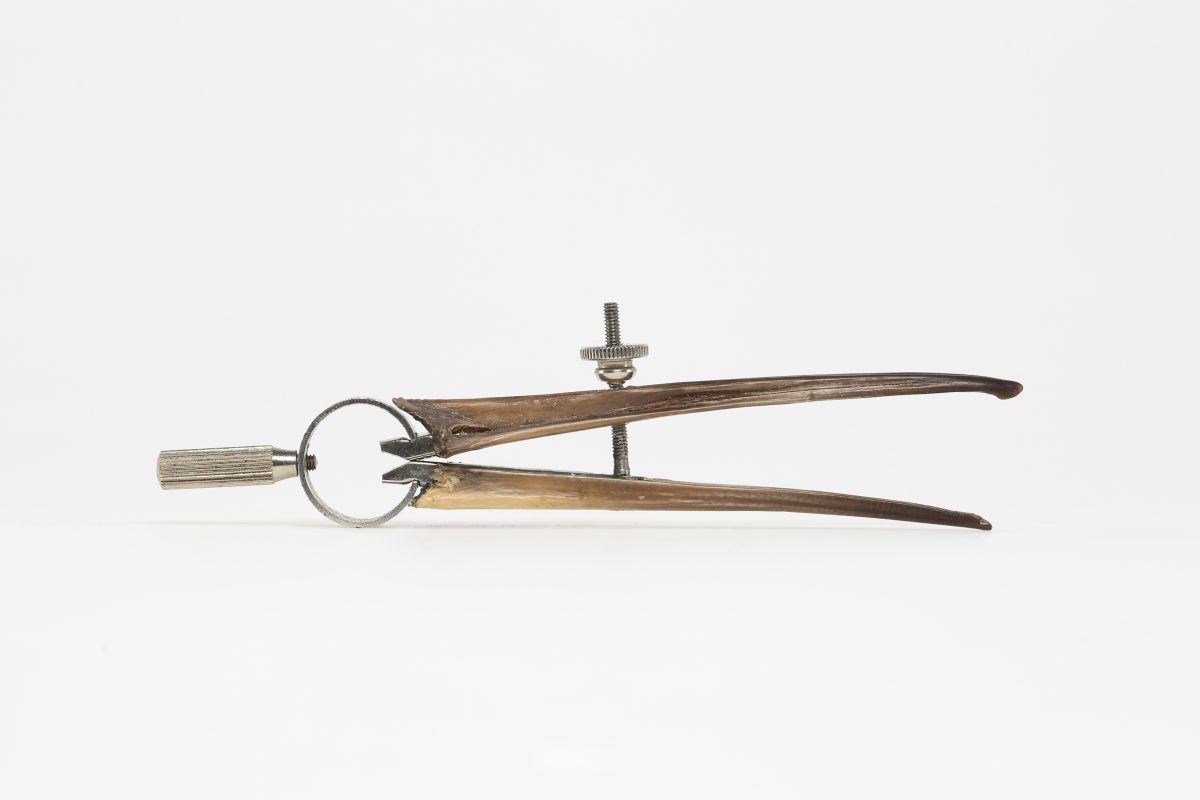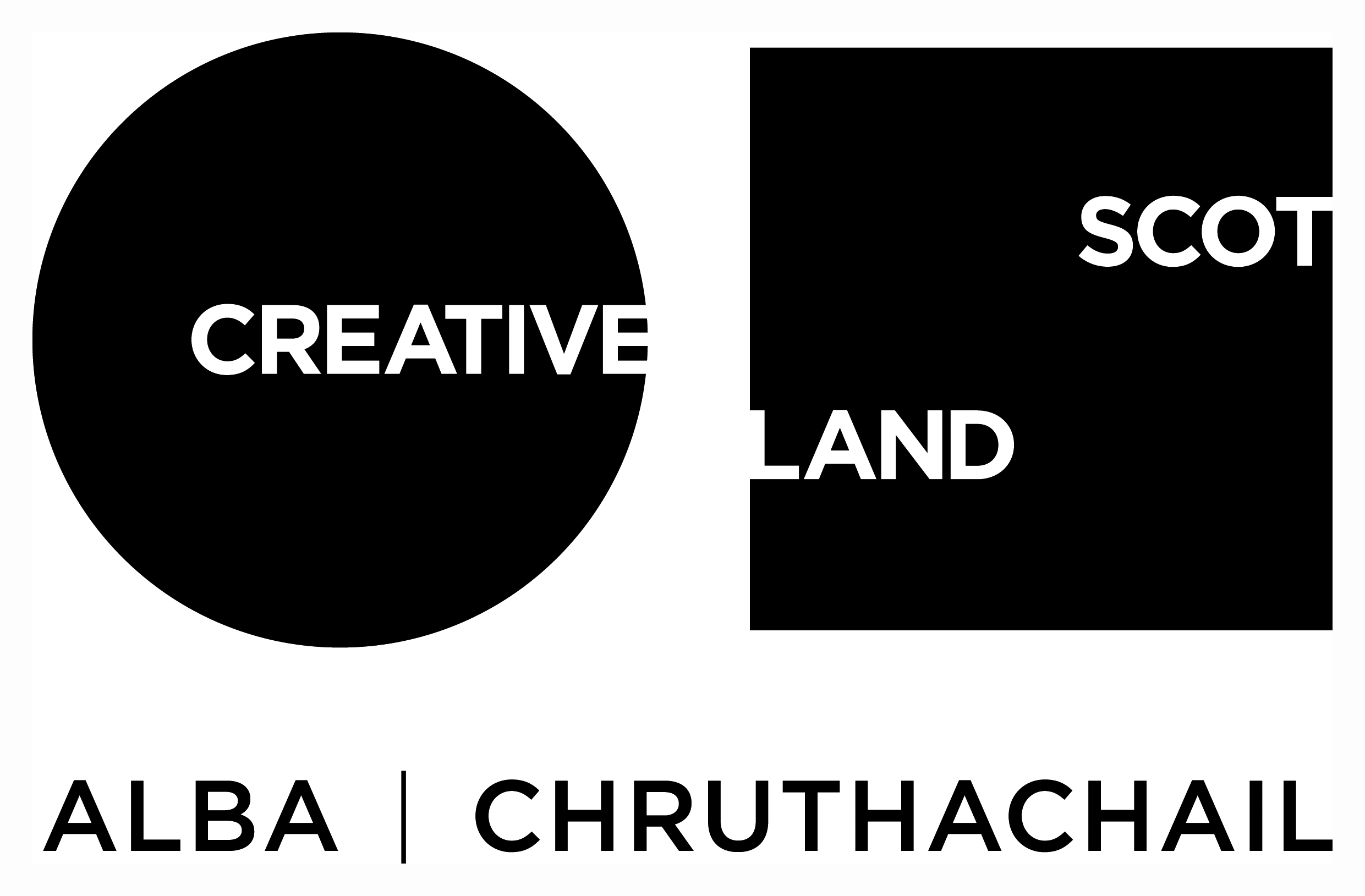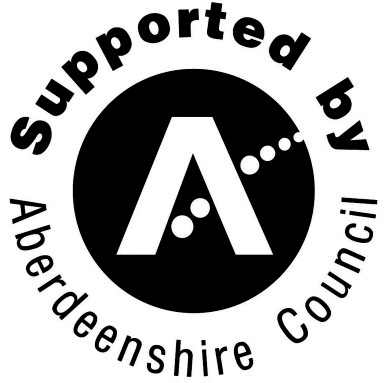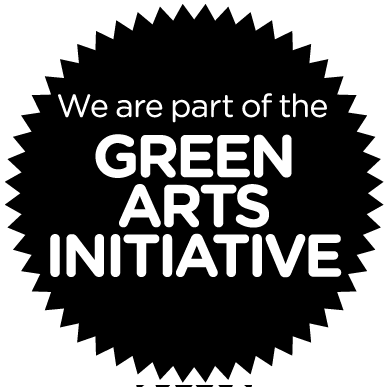SSW PUBLIC TALKS 2017
During the months of June and September, SSW held a series of open talks to accompany our Summer AiR programme. The 2017 talks programme was informed by our Frontiers in Retreat project, a five year EU collaboration exploring art and local ecologies. Invited speakers came from a range of backgrounds with specialised and varied knowledge relating to the landscape in the North East.
In June artist David Blyth gave a talk that shared his ideas in progress, relating to a long term research project that explores his relationship with a migratory bird – the Woodcock. This was followed by a talk from Dr. George Jaramillo in September, a research associate from the GSA Innovation School in Forres, who presented several research projects on Design innovation in the Highlands and Islands.
Thursday 15th June, 2017.
Artist and Lecturer, Contemporary Art Practice, Grays School of Art, RGU
Ideas in Progress: Migratory Praxis in the North East of Scotland
David Blyth is a visual artist who lives and works in remote Aberdeenshire. Working with sculpture, print and performance, his studio practice predominantly concerns itself with an interrogation of Human-Animal relations within the natural history museum context. The research is informed by a sustained engagement with the craft skills of taxidermy and draws upon narratives of folklore, shamanism and cultural memory to propose alternative methodologies for ‘knowing the animal’.
David was one of a selected group of artists for ZENOMAP, the first presentation of contemporary art from Scotland at the Venice Biennale in 2003. Other exhibitions and projects include: Glenfiddich Artist-in-Residence, 2004; Deveron Arts Town Artist, 2005-7; The Human Ploughing Match, 2007; The Turra Coo, 2010; Seen Through Glass, Darkly (Kendal Museum, 2014); and Archipelago (Summerhall, 2017).
In this talk, David presented a work-in-progress in the form of a lecture. Beginning with the synchronous arrival of two migrating Woodcock from Scandinavia, the talk navigates the epistemological challenges that beset the museum taxidermist when tasked to re-present an animal of which he has no experience. What forms of human knowledge might be called upon in order to create meaningful representation beyond simple illustration?
David studied Fine Art at Gray’s School of Art in Aberdeen, 1994-99. He works between Huntly and Aberdeen, where he is currently employed as a research-active studio lecturer at Gray’s School of Art, Robert Gordon University.
Talk 2: DR. GEORGE JARAMILLO
Thursday 7th September, 2017.
Research Associate, Institute of Design Innovation, The Glasgow School of Art.
Distributed Directions: Design innovation in the Highlands and Islands
George Jaramillo is a designer and heritage specialist, with interests in rural landscape, industrial material culture, and ruins. His research focuses on the fragmentary and distributed cultures of the Highlands and Island where he explore themes of isolation, heritage, and labour through the cultures of co-creation, innovation, and uncertainty.
George is currently based at The Innovation School in Moray, which is part of the Glasgow School of Art Highlands & Islands Creative Campus. InDI researches the new qualities of design that are needed to co-create contexts in which people can flourish: at work, in organisations and businesses, in public services and government.
At SSW we have been fascinated by their work, particularly their project Innovation from the Edge which highlights that change and creativity do not just come from central urban sites but that they also emerge from the edges of our country.
Their research aims to explore ways to build resilient, creative and confident communities and partnerships, and to connect and inspire others across the world.
Dr. George Jaramillo’s talk discussed three aspects of their work: 1) the broad research programme of Archipelago 136 in the Outer Hebrides that explores themes of future heritage within the distributed island communities, 2) along with research-led student work within the Cairngorms that focuses on novel digital geographies, and 3) an ongoing co-creation textile project.






